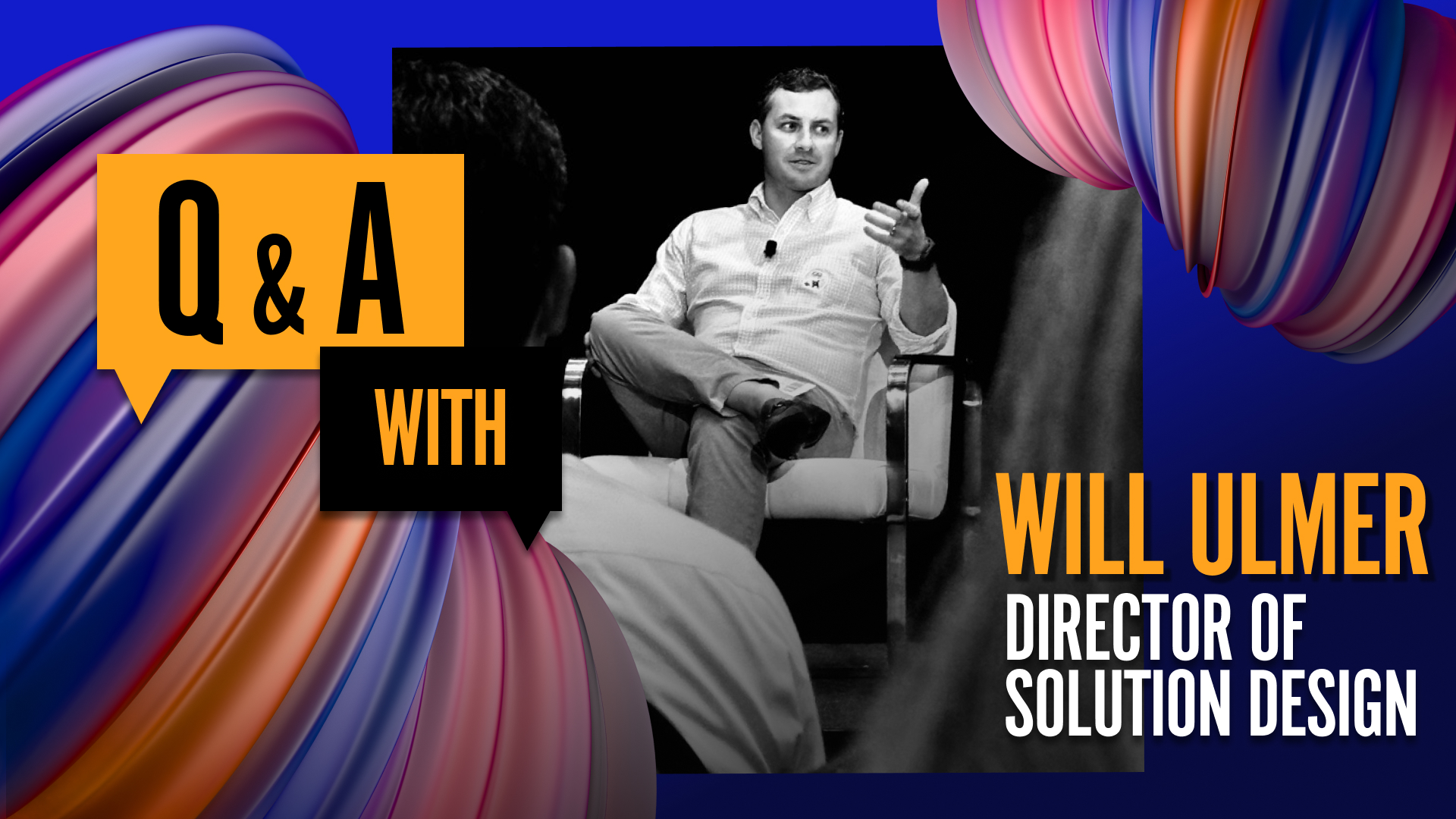
18 Mar Q&A with Will Ulmer: Inside the Mind of a Contingent Workforce Game Changer
Meet Will Ulmer, the newest addition to the Flextrack leadership team. A certified contingent workforce professional with over 15 years of experience helping organizations manage and optimize their extended workforce programs. Will has worked with some of the biggest names out there—FanDuel, Epic Games, and Waste Management—managing budgets of over $200 million and supporting thousands of contractors worldwide. Recognized as a Contingent Workforce Program Game Changer by Staffing Industry Analysts in 2023, he’s celebrated for his innovative approach to bridging the gap between vendor management systems and organizations—driving transformation through forward-thinking strategies and relentless dedication.
With his unique blend of buy-side experience and deep industry expertise in VMS/MSP management, compliance, and workforce analytics space, Will is passionate about bridging the gap between challenges and solutions, making it easier for organizations to succeed in managing their contingent workforce.
We sat down with him to dig a little deeper into his past, his goals, and to talk about how his mission to help customers continues to evolve as they make the most of Flextrack’s cutting-edge VMS capabilities.
Q. What inspired you to get into contingent workforce management?
“My entry into the contingent workforce industry was like most. I graduated college and needed a job. I had no idea that I was signing up for a career, but it has been very good to me. I started as a recruiter for a staffing agency, but I knew that I wanted to do more in this space. Then, I stumbled into contingent workforce program management by complete accident. The rest is, as they say, history.“
Q. Tell us about a moment or project in your 15+ years of experience that shaped your approach to contingent workforce solutions.
“The most impactful moment of my career was standing up the contingent workforce program at Epic Games. At that point in my career, I had managed $25 million to $250 million long–established programs. Being able to own the entire development process of a first-generation program was eye-opening, allowing me to discover and put into practice what I had learned throughout my career.”
Q. If you had one piece of advice to give to those managing extended workers, what would it be?
“Prepare for change. The contingent labor industry is in a unique position where we will experience rapid evolution in the way that we support our contingent labor populations. With the enhancements of VMS and the continuous evolution of AI, I believe that we will see contingent workforce program owners start to transition to the role of contingent workforce PRODUCT owners.”
Q. How do you approach building a future-proof contingent workforce program from the ground up?
“I believe future-proofing contingent workforce programs require you to digest industry best practices but step back once in a while to see if those best practices suit your needs. Understanding this will help with developing the proper program to best suit your organization’s long-term goals and aspirations for contingent labor utilization. Starting in that mindset allows you to develop a strategic road map for what you believe to be the future of your contingent labor program. I think that you cannot start the development of a contingent labor program unless you understand how this program will operate 2-3 instances after generation one.”
Q. Tell us about the #1 piece of value organizations find in contingent workforce management.
“With the utilization of contingent workers becoming the status quo within most organizations, identifying the one key piece of value is unique to each business and team. I believe value also comes in stages depending on the maturity of the program, change in business practices, and adoption of the program.”
Q. In your experience, what trends or technologies in contingent workforce management should workforce leaders find most exciting?
“I believe the trend of internally run programs should be of interest to every contingent workforce leader. As an industry, “best practices” have become extremely embedded into the SOP of most programs, but with the increased technological advancement in this space, the art of running your program internally is becoming increasingly less complex. I see this trend continuing to expand at an even greater scale as more and more leaders start to challenge the “best practices” previously established and look for new and creative ways to attract and retain the best talent.”
Q. What is one thing about Flextrack you wish contingent workforce professionals knew?
“Where do I even start… Take the preconceived notions you have about VMS and throw them out the window! Even before I joined Flextrack, I truly believed that it was the next evolution of VMS. I am constantly wowed by the art of the possible with Flextrack’s range of solutions and our ability to truly reflect the requirements of our customers without having to fit them into predefined modules.”
Standing up a future-ready workforce strategy doesn’t have to be painful
Will’s journey through the workforce landscape reflects a deep understanding of both the challenges and opportunities many leaders in the contingent workforce management space face today. His insights into the evolution of VMS, the rise of internally managed programs, and the role of change and AI align with what we’ve been hearing from executives, talent, and those who need future-proof solutions to get ahead of shifts in markets not just quickly, but well.
